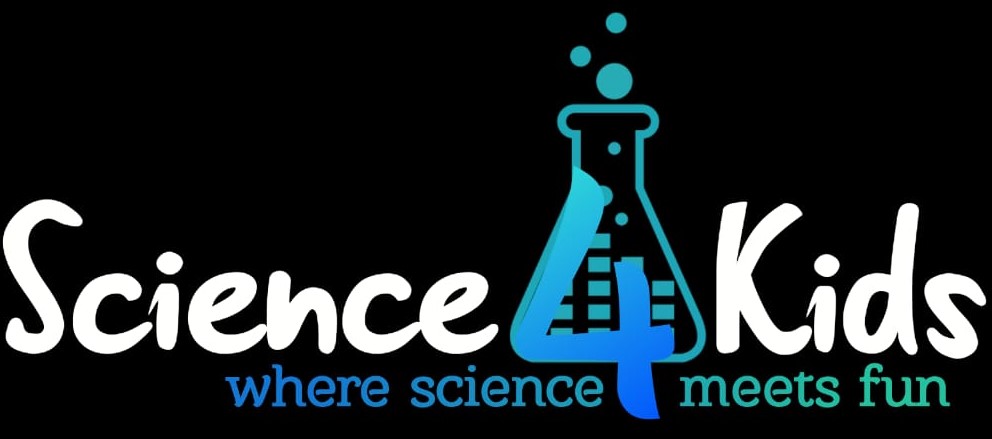We all know that water runs in rivers, streams etc. So, what is this walking water experiment? In this experiment, we are going to see how water walks or runs from one glass to the other, just with the help of some tissue paper. Sounds interesting? Let’s see how to perform this experiment. Heads up: You need to be a little patient to try the walking water experiment!
Materials required
Transparent glass – 3
Water – Two glasses
Tissue paper – 3 to 4 sheets
Food colors (optional)
Steps to follow
- Keep the three glasses on a table, in a straight line a little away from each other.
- Pour water into the glasses kept at the either ends until they are almost full. The glass in the middle has to be empty.
- Optionally, add a few drops of food color to the water to make things more visible and interesting. (Try to add two different colors so that you get to see another magic as well!)
- Take the tissue paper sheets and fold them into two moderately thick strips, about 2 inches wide.
- Fold the strips into ‘V’ shapes, and dip the end of one strip into the water in the glass.
- Place the other end in the empty glass in the middle.
- Repeat steps 5 and 6 for the third glass as well, using the second paper strip.
- Wait for about an hour and check the level of water in the glasses.
- What do you observe? The glass in the middle seems magically filling up and the others are losing water. And what color is the water in the middle glass? Not something that you had in either of the glasses, right?
So, let’s try to understand the science behind the walking water experiment.
What we learn
We see that the water rises up through the tissue paper defying the principles of gravity. How does this happen? What we see here is the demonstration of ‘capillary action’ that helps plants transport water from their roots to the other parts of their body such as branches and leaves.
Capillary action happens mainly due to the forces of adhesion and cohesion. Cohesion is the force between the water molecules that makes them stay together. Adhesion is the force that makes water molecules attracted to other substances, in our case, the tissue paper molecules.
Capillary action or capillary rise happens when the adhesive force of water becomes stronger than its cohesive force. Water has a great affinity to the tissue paper molecules, which means that the adhesive force here is quite strong. It overpowers the cohesive force within the liquid and even the gravity to a certain extent, and the water rises up.
And, now about the colors. As you might know already, Red, Green, and Blue (R,G,B) are the additive primary colors. You can mix the primary colors to make secondary colors.
- Red + Green -> Yellow
- Red + Blue -> Magenta
- Green + Blue -> Cyan
And these in turn can be mixed to produce tertiary colors and so on. So, the color of the water in the middle glass depends on the colors that you added in the first two. Explore further and try with a different set of colors. Have fun!
For more such interesting experiments, visit our Experiments section.
Here’s Something You Might Like
As a participant in the Amazon Associates Program, Science4Kids may earn from qualifying purchases.
